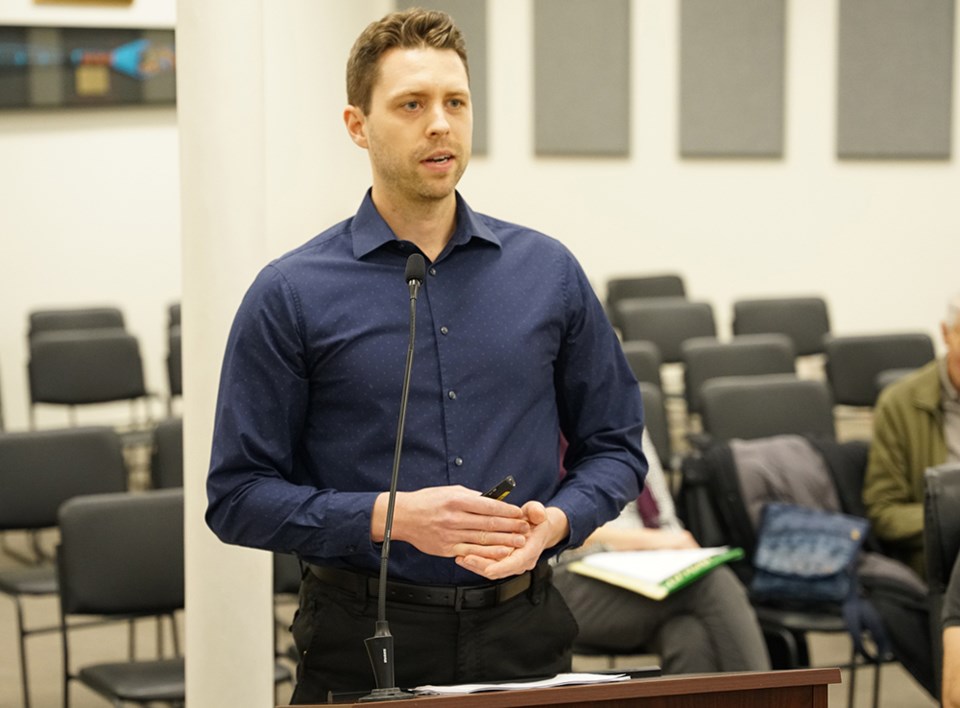City of Powell River councillors have been provided updates about the city’s current and forecasted short- and long-term finance positions.
At the January 26 finance committee meeting, manager of financial services Ryan Youngman said municipalities incur long-term debt for the purpose of construction, or capital assets. He said the annual debt servicing cost, which is the annual interest and principal payments, must be within the annual liability servicing limit as defined by legislation.
“This limit prevents municipalities from incurring an unsustainable amount of debt,” said Youngman. “The Municipal Finance Authority of BC issues long-term debt for all local governments in BC. There is short-term debt, which has a variable interest rate, and a maximum term of five years. There is also long-term debt, which has fixed interest rates and terms between five and 30 years.”
Youngman said looking at the projected short-term debt, as of December 31, 2022, it was $480,000, which is a small portion of the city’s debt. He said it is trending down from 2021 to 2025 as the land purchase from Powell River Waterfront Development Corporation is paid off and the loan for the resource-recovery centre road is paid down.
Youngman outlined long-term debt, excluding the consolidated wastewater treatment plant. He said as of December 31, 2022, it totalled $8.9 million, which represents 31 per cent of the total debt outstanding. He said 51 per cent of this debt was the north harbour, which is self-funded based on the revenue it generates. He said from 2021 to 2024, this debt is decreasing, up until 2025, which is when the $7.5 million for the new fire and emergency services facility is expected to be borrowed.
“This project is still in its early stages, so the $7.5 million is just a placeholder and does not bind council to taking on this debt in 2025,” said Youngman.
He said the majority of the city’s debt is associated with the wastewater plant. As of December 31, 2022, it was $19.3 million, which is 67 per cent of the total debt outstanding, and the total amount of the debt financing for the plant is $30.7 million, split over five issues between 2020 and 2023.
“This approach diversifies the interest rate risk and allows the city to take on the debt as it is needed for the construction,” added Youngman.
He said the province publishes data according to outstanding long-term debt. He had figures as of December 31, 2021, which is the most current data available. He said the comparison is not “apples to apples” because in many areas, regional districts will carry the costs of large infrastructure, so it’s on regional district books, and they benefit from economies of scale from multiple municipalities contributing.
“Looking at this, City of Powell River is at 130 out of 153 municipalities that shared their data,” said Youngman.
The way the listing is totalled is that municipality numbered 153 would have the highest debt.
Youngman said the city could borrow up to an additional $92.8 million before reaching its annual liability servicing limit.



